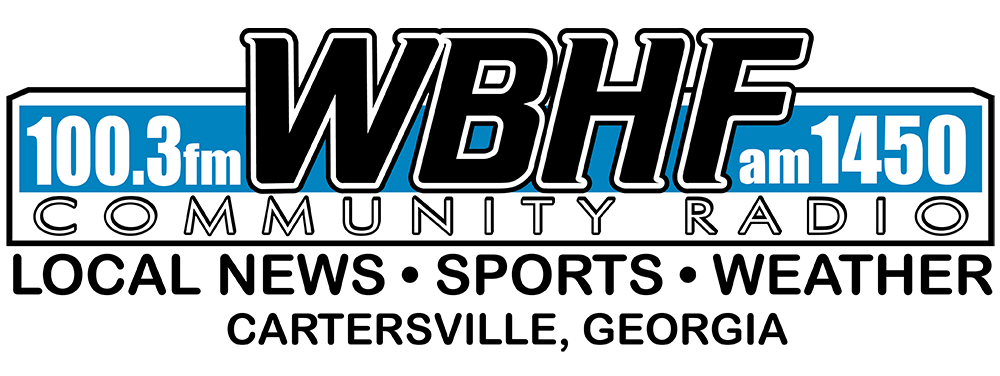Press Release:
If you’ve driven along the northern end of Burnt Hickory Road lately you’ve noticed the construction taking place. What you are seeing as you drive by is the construction nearing completion on the Burnt Hickory Connector which is designed to connect Burnt Hickory Road directly to US 411 creating a new intersection in front of the Shaw plant. The connector project is being constructed with a different type of intersection than most Bartow County residents are accustomed to driving through.
The north end of Burnt Hickory Road will be closed to traffic for two weeks beginning on Monday, April 4. The section north of Iron Belt Road will re-open on Monday, April 18. When it re-opens, those using the route will be driving through a “roundabout.” The roundabout is being constructed at the intersection of the new Burnt Hickory Connector with Burnt Hickory Road and Cline Road.
According to Transportation Planner Tom Sills, “driving through a roundabout for the first time can be intimidating to many people but the concerns soon disappear when people understand how easy it is to travel through them. Roundabouts are a design new to most residents of Bartow County but have been in use for several years throughout the country. The design consists of a circular roadway with entrances established so that traffic enters and exits the circle at a slight angle.”
Oncoming traffic slows as it approaches the intersection and yields the right of way to those vehicles already in the traffic circle. Merges take place when gaps appear in the traffic and vehicles proceed around the circle to their exit where they gradually pick up speed to resume travel down the roadway. A video showing how roundabout operate is available for viewing on the Cartersville-Bartow County Metropolitan Planning Organization website (www.bartowga.org/mpo).
The design lends itself to locations with multiple road connections and has proven to be much safer than traditional intersections because they force motorists to slow down, and eliminate cross-traffic turns that can lead to serious wrecks, traffic officials say. In a typical four-way intersection, there are thirty-two points where engineers indicate it is possible for vehicles entering the intersection to cross the path of another car. The roundabout design reduces the number of conflict points to just eight. Also, because the design of the roundabout forces cars to slow down as they enter the intersection and drive through a continuous curve, the number and severity of accidents are reduced substantially. A 2007 report by the Transportation Research Board included the results of a before and after study of 55 intersections where roundabouts were placed. The research found that there were these benefits:
• 35% overall decrease in crashes
• 76% decrease in injury crashes
• 81% decrease in fatal/incapacitating crashes for single lane urban roundabouts
• 71% decrease in fatal/incapacitating crashes for single lane rural roundabouts
Significant care was taken in the design of this particular roundabout. The local project engineers Southland Engineering, consulted intensely with nationally-recognized experts in the design of
the roundabout for this location. The consultant’s review report indicates the resulting design was to be the perfect choice for this location because
As reported in August 2015, about 145 roundabouts have been built in Georgia since 2005. More than 110 are in various stages of design, and more than 20 are currently under construction. And it’s not just in Georgia. Whereas in the 1990s there were fewer than 100 roundabouts in the nation, there are now more than 2,300, according to an online inventory database maintained by the transportation engineering firm Kittelson & Associates.
